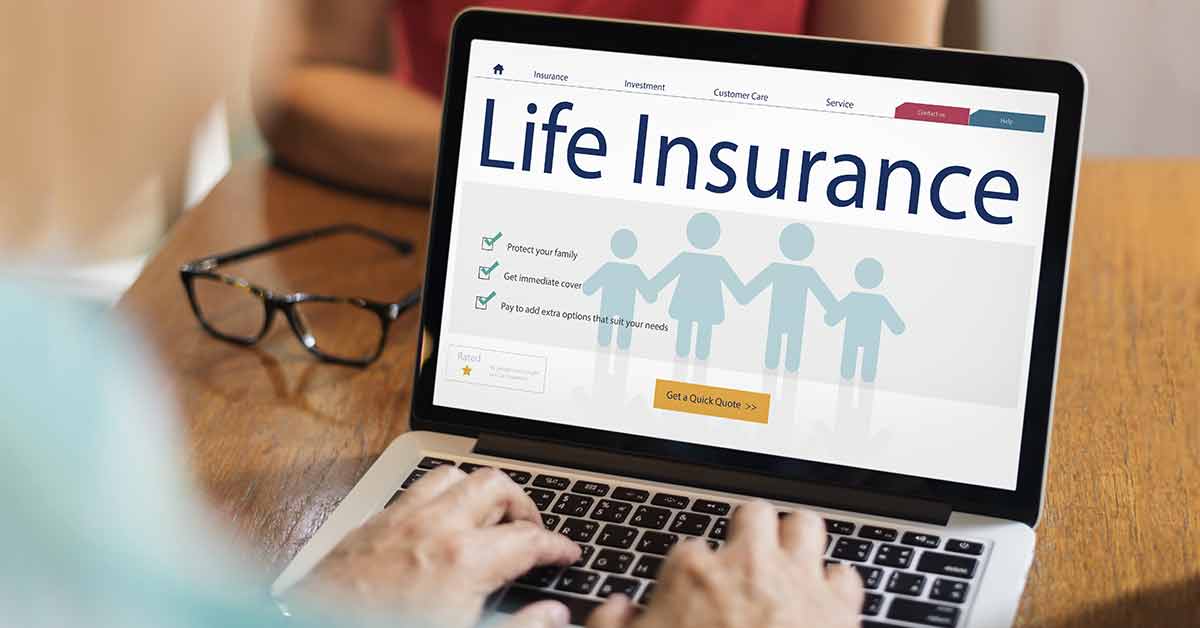With multiple investment avenues available in the market, you would want the best when you want to set aside funds for your child’s future.

Planning for the future of a child is every parent’s priority. From early childhood, until they reach adulthood and sometimes even beyond that, there is a financial requirement for the child that needs to be fulfilled. However, the most important financial goal for a parent towards his child is funding his/her formal education.
At different stages of education, a certain amount of money would be required and this need keeps changing with time. In India, even a child’s marriage planning also requires considerable money. But with urban parents, education is still a more important financial goal, especially because it comes first in the life stage of the child.
There are multiple ways to plan for a child’s future and there are multiple products available for the same as well. Opting for a particular product totally depends on the parent’s financial decision and his risk appetite. Thus, proper financial planning would be desirable in order to fulfil the child’s future financial requirements.
What are the Five Best Long-term Investment Options for your child?
It is quite a daunting task for the parents to select which investment option to select for the future financial requirements of their children. With the ever-increasing cost of education in India and abroad, planning for the exact amount of money is a real challenge. A return on the investments, risk-return trade-off and determining the different investment horizons where money will be required at different stages of their education are some of the most important aspects of investments planning for your child.
Here is a list of the products that can be selected for the benefit of the child:
1. Public Provident Fund (PPF)
PPF is a very good financial instrument for long-term investment since the interest income is tax-free. PPF also compounds the interest on an annual basis, which makes the corpus grow considerably.
Rate of interest of PPF:
The rate of interest for the PPF is declared by the Government every quarter and it is fixed for that tenure. It is a guaranteed product as the rate of interest is monitored by the Government of India. The rate of interest for PPF is 8% from April 2019-June 2019.
Things to keep in mind about PPF:
a) PPF has one of the highest lock-in period of 15 years. b) Any parent can open a PPF account in the name of a minor child along with the parent’s own PPF account. c) The combined contribution of up to INR 1.5 lakhs annually will enjoy tax deduction under 80C.
PPF is a highly safe investment tool and is considered to be one of the best investment options in India for a long-term scenario.
Benefit for the child:
The PPF can be converted to the child’s name once he/she is a major and can be continued by the child as well.
2. Bank Fixed Deposit
Deposits at a guaranteed rate of interest for a particular tenure are Bank Fixed Deposits. This has been one of the most popular investment tools in India for generations. Even though the interest earned is taxable in the hands of the investor, this option has remained popular over the years.
Rate of interest for Bank Fixed Deposits:
The rate of interest varies from bank to bank and is also different for different tenure. For example, the rate of interest for a bank FD for 1 year is different from the rate of interest for a bank FD for 3 years. It usually ranges from 6% p.a. to 8%. A 5-year Bank Fixed Deposit has a tax benefit under section 80C but the interest earned even then is taxable in the hands of the investor. Any interest earned for more than INR 40,000 p.a. is subject to a TDS (Tax deduction at source) before the same is paid out to the investor unless a form 15G/H is submitted.
Since bank FDs provide a guaranteed return, it is considered to be a safe investment tool. Due to fewer complications in the product, it is quite a popular tool, especially in rural India.
Things to keep in mind about Bank FD:
The downside of these fixed deposits is, they are subject to taxation and the return cannot beat the inflation.
3. Insurance
Insurance products, especially Endowment Plans are quite a popular tool for the benefit of the child. Even Unit Linked Insurance Plans (ULIP) can be beneficial for the child.
a) Endowment Plans: These are guaranteed insurance plans with a component of savings wherein the parent pays the premium and the child’s financial future is taken care off. Sometimes, these plans can have regular interim payouts, i.e. money-bank, during the policy tenure in order to fulfil the regular liquidity that is needed for the child’s education costs.
b) ULIP:
Unit Linked Insurance Plans provide the flexibility of market-linked investment along with insurance coverage. Some ULIPs have a premium waiver benefit, wherein even if the parent meets with an unfortunate death during the policy tenure, the policy continues to pays the death and maturity benefit as per the schedule and all the due premiums would be paid by the company. Tax Angle:
The premium paid towards any insurance plan is eligible for tax deduction till INR 1.5 lakhs per annum under section 80C. The maturity benefit of the plans are also tax-free under section 10(10D) and hence is quite beneficial as a whole.
Benefit for the child:
Insurance policy is a plan B for the child’s financial future. If the parent, unfortunately, dies during the policy tenure, the financial future of the child is not hampered.
4. Mutual Funds
Mutual Funds can either be equity oriented or debt oriented or a mix and can be chosen as per the parent’s risk appetite and financial goal. Mutual Funds are pure investment tools with market-adjusted returns.
a) Equity Mutual Funds
Mutual Funds which invest more than 65% of their portfolio in equity are called Equity Mutual Funds. In the long-term, Equity MF has the potential to give inflation-adjusted high return. If the corpus needed at least 10 years later for your child, investment in Equity MF is a good idea.
Tip: Large-cap Equity Mutual funds with established companies are more reliable to invest since those are less prone to market volatility. They gain well when the market goes up and does not go much down when the market falls. Thus, one should not invest in more than 3-4 highly selected equity funds.
b) Debt Mutual Funds
The risk quotient in Debt Mutual Funds is lesser than Equity Mutual Funds. There are many types of debt mutual funds and it should be carefully chosen, based on your risk appetite and overall financial goal. Even the taxation aspect needs to be considered before investing as it might affect the overall return of the portfolio.
Tip: Debt funds with a credit rating of AAA are advisable. The tax angle needs to be checked before each investment and redemption. Thus, a proper understanding of the mat and some amount of research is needed before opting for the fund.rke
5. Gold ETF
Gold is the traditional long-term investment. However, for investing for your child’s future in gold, it is not necessary to buy physical gold. You can invest in Gold Exchange Traded Funds (ETF) instead of buying physical gold. It is bought electronically and has no hassle of storage or risk of theft.
Also, there is no need to worry about the purity of the product, making charges, storage issues, etc. for Gold ETF and yet you make the most from the long term returns of the product.
Tip: One can buy a small amounts of gold ETFs and eventually accumulate a sizeable investment. In the short term, the price of gold might be volatile. But in the long run, it has always been a stable and trustworthy investment tool.
Benefit the child:
The Gold ETF can be encashed to physical gold at the time of the child’s marriage as well. Another very popular investment product for a girl child is Sukanya Samridhhi Yojana. This gives a higher return than fixed deposits and it is tax-free as well. However, the investment has a lock-in period until the child is 21 years of age and is available only for a girl child.
Conclusion
The investor must keep in mind certain factors like deciding the financial target that is dependent on the course of education that the child might take in the future. This is unpredictable in most of the cases when the parents start investment towards the child’s future studies. However, with proper planning from a very early age of the child, the corpus can be ready and encashed whenever the child needs the same.



.jpg)

